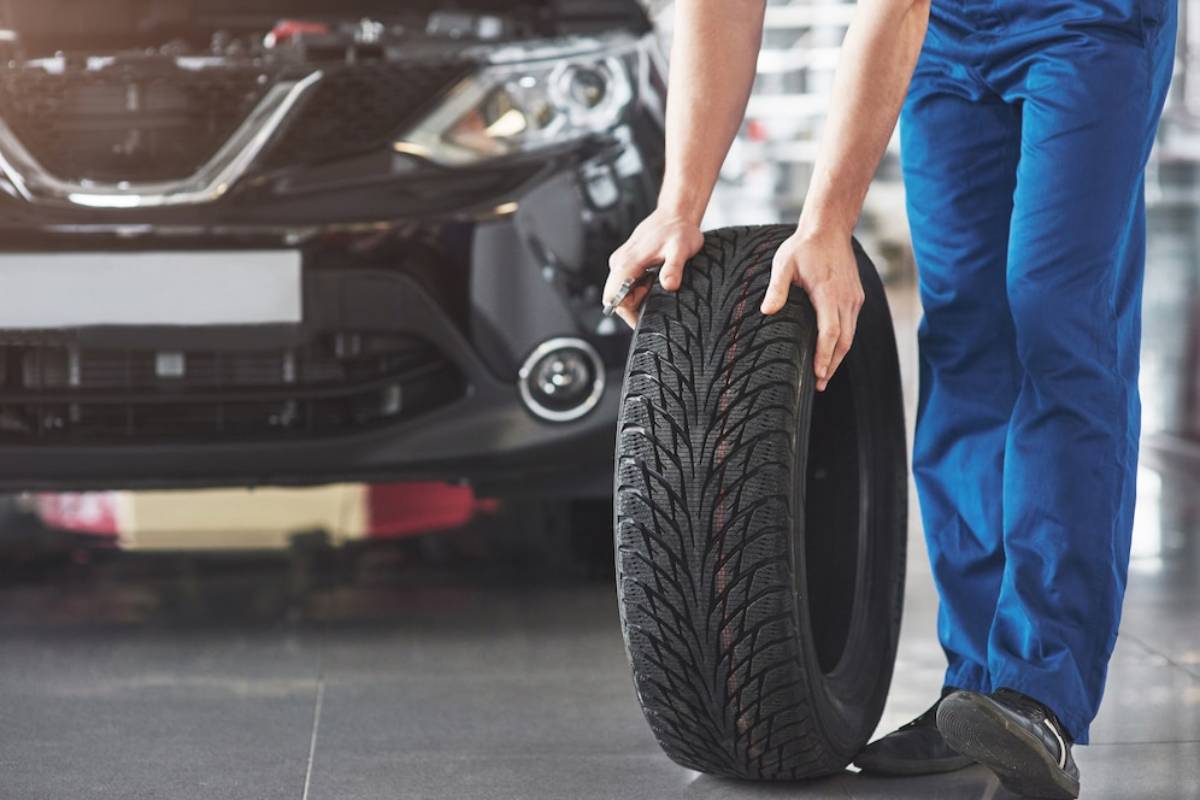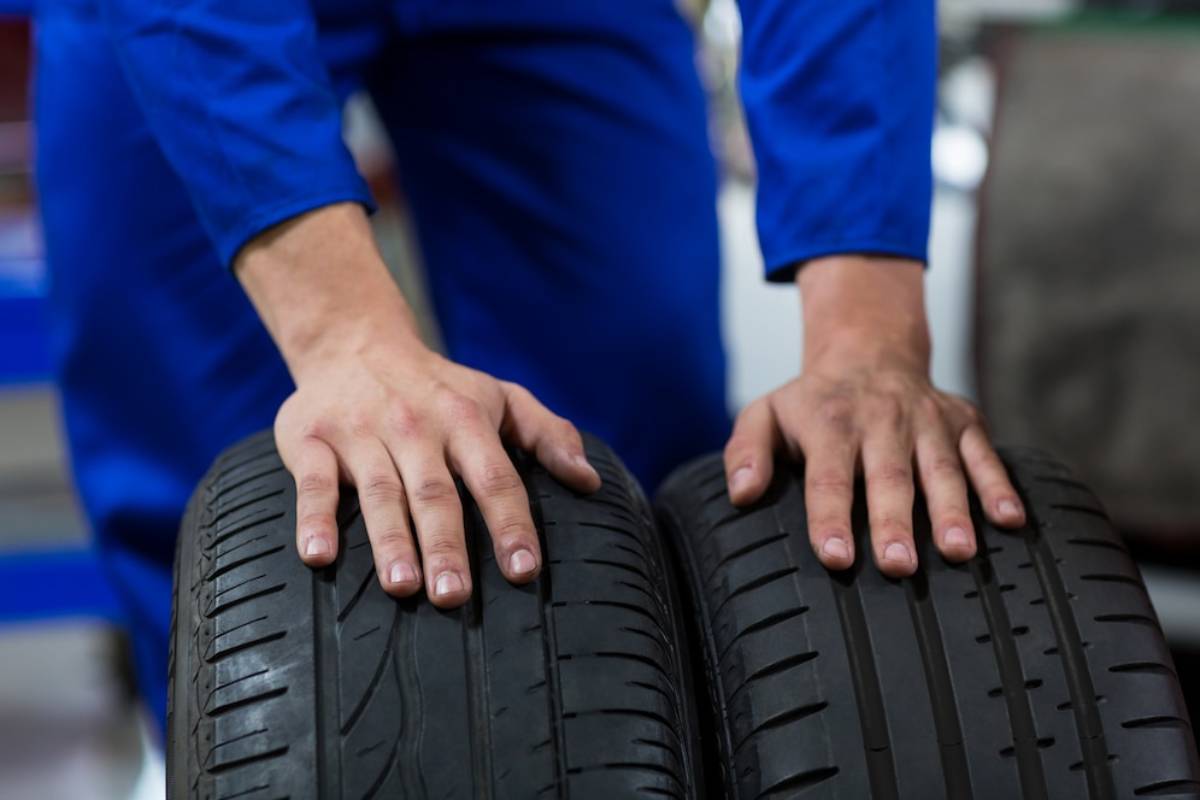
How to Choose the Right tyres for Performance and Grip
Choosing the right tyres for your vehicle is a crucial decision that affects your driving experience, safety, and vehicle performance. Whether you are looking for maximum grip, durability, or a balance between the two, understanding tyre types and their characteristics will help you make an informed choice. This guide provides a step-by-step approach to selecting the best performance tyres, comparing summer and all-season tyres, and balancing grip versus longevity.
Pro Tip: Opt for performance tyres for maximum grip, but expect them to wear faster than standard tyres.
Quick Guide: How to Choose the Right tyres for Performance and Grip
- Assess Your Driving Needs: Consider your climate, driving habits (daily commute, track, off-road), and performance priorities (grip vs. longevity).
- Understand Tyre Types: Summer tyres are best for warm weather, offering superior grip, while all-season tyres balance performance and durability for moderate climates.
- Grip vs. Longevity: Grip is prioritised with softer compounds for better control but a shorter lifespan. Longevity is focused on harder compounds that last longer but offer less grip.
- Check Tyre Ratings: Focus on treadwear, traction, and temperature ratings to match your performance needs.
- Consider Maintenance: Regular tyre pressure checks, tread depth inspections, and rotations are crucial for longevity and safety.
Important: Don’t mix tyre types—ensure consistency for optimal handling and safety.
Step-by-Step Guide to Choosing the Right Tyres

Step 1: Assess Your Driving Needs
Before purchasing new tyres, evaluate your driving habits and conditions.
Ask yourself the following questions:
- Do you drive primarily in warm or cold climates?
- Are you looking for maximum performance or long-lasting durability?
- Do you frequently drive on highways, city streets, or off-road terrains?
- Will you be using the car for daily commuting, spirited driving, or track performance?
Understanding your priorities will help narrow down the best tyre options for your specific needs.
Step 2: Understand Tyre Types
There are different tyre types designed for various driving conditions. The most common types include:
Summer Tyres
- Best suited for warm weather conditions.
- Made with a softer rubber compound for superior grip on dry and wet roads.
- Provide excellent handling and shorter braking distances.
- Not recommended for cold temperatures as the rubber hardens and loses effectiveness.
All-Season Tyres
- Designed for year-round use in moderate climates.
- Offer a balance between performance, longevity, and adaptability.
- Have a harder rubber compound than summer tyres, resulting in a longer lifespan.
- Not ideal for extreme weather conditions such as heavy snow or intense heat.
Step 3: Compare Grip vs. Longevity
Choosing the right tyres involves finding the right balance between grip and durability.
Prioritising Grip
- Ideal for high-performance vehicles and spirited driving.
- Softer rubber compounds provide superior traction and control.
- Shorter lifespan due to increased wear and tear.
Prioritising Longevity
- Harder rubber compounds last longer, making them cost-effective.
- Suitable for daily commuting and long-distance driving.
- Reduced grip compared to high-performance tyres.
Finding the Balance For most drivers, a balance between grip and durability is ideal. Research tyre specifications, read user reviews, and consult professionals to find the best option for your driving needs.
Step 4: Check Tyre Ratings and Specifications
Each tyre has specific ratings that indicate its performance in different areas. Pay attention to:
- Treadwear Rating: Indicates durability; higher numbers mean longer-lasting tyres.
- Traction Rating: Measures grip, particularly in wet conditions.
- Temperature Rating: Indicates heat resistance, essential for performance tyres.
Checking these ratings ensures you select a tyre that matches your performance expectations and driving conditions.
Step 5: Consider Tyre Maintenance and Rotation
Once you’ve chosen the right tyres, proper maintenance is essential to maximise their lifespan and performance. Follow these key maintenance tips:
- Regularly check tyre pressure to maintain optimal fuel efficiency and grip.
- Inspect tread depth to ensure safe driving conditions.
- Rotate tyres every 5,000 to 8,000 miles to promote even wear.
- Align wheels regularly to avoid uneven tread wear and handling issues.
Advanced Insights & Expert Recommendations
Tyre Technology
Modern tyre technology has evolved significantly, incorporating advanced rubber compounds, asymmetric tread patterns, and reinforced sidewalls. High-performance tyres now often feature silica-infused rubber, which enhances wet grip while maintaining durability. Understanding these technologies can help you make a more informed decision when selecting tyres.
Performance Testing & Reviews
Before purchasing tyres, consider reading independent performance tests and user reviews. Look for professional tyre testing organisations that evaluate grip, braking distances, cornering performance, and noise levels. Real-world feedback from other drivers can also provide valuable insights into tyre longevity and road performance.
Customisation Options
If you’re looking for a personalised driving experience, there are several custom tyre options available:
- Run-Flat Tyres: These tyres allow you to continue driving for a limited distance even after a puncture, reducing the risk of sudden tyre failure.
- Low-Profile Tyres: Offering enhanced handling and aesthetics, these tyres are commonly used in sports cars and high-performance vehicles.
- Eco-Friendly Tyres: Designed for fuel efficiency, these tyres use low rolling resistance to enhance mileage while reducing carbon emissions.
Frequently Asked Questions (FAQ)
1. How do I know when to replace my tyres?
Check the tread depth using the penny test. If the tread is worn down to 2/32 of an inch or less, it’s time for a replacement. Additionally, look for cracks, bulges, or uneven wear.
2. Are performance tyres worth the investment?
If you prioritise handling, responsiveness, and grip, performance tyres can enhance your driving experience. However, they may wear out faster than standard tyres.
3. Can I use summer tyres in winter?
No, summer tyres lose their grip in cold temperatures and can become unsafe. If you experience harsh winters, consider switching to winter tyres or using all-season tyres.
4. Do wider tyres provide better grip?
Wider tyres can improve grip by increasing the contact area with the road. However, they may also impact fuel efficiency and ride comfort.
5. How do I find the right tyre size for my car?
Check your vehicle’s owner manual or the label inside the driver’s side door. The tyre size will be listed in a format like 225/45R17.
6. How often should I check my tyre pressure?
Tyre pressure should be checked at least once a month and before long trips. Properly inflated tyres improve fuel efficiency and extend tyre lifespan.
7. What happens if I mix different tyre types?
Mixing tyre types can affect handling and stability. It is recommended to use the same tyre type and brand on all four wheels for consistent performance.
Making the Right Tyre Choice

Selecting the right tyres for performance and grip involves understanding your driving needs, comparing summer and all-season tyres, and balancing grip with longevity. Research tyre ratings, consult professionals, and prioritise proper maintenance to ensure safety and efficiency. By making an informed choice, you can enhance your driving experience and get the best performance from your vehicle.
What are your priorities when choosing tyres? Share your thoughts and experiences in the comments below. Your insights could help others make informed decisions.